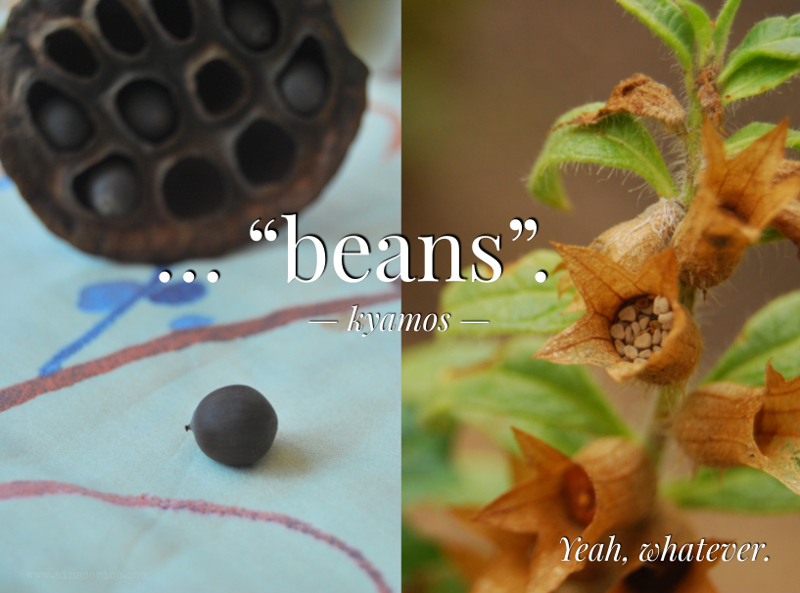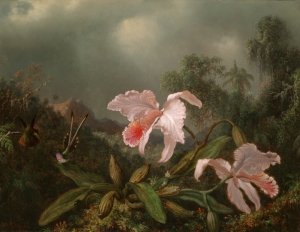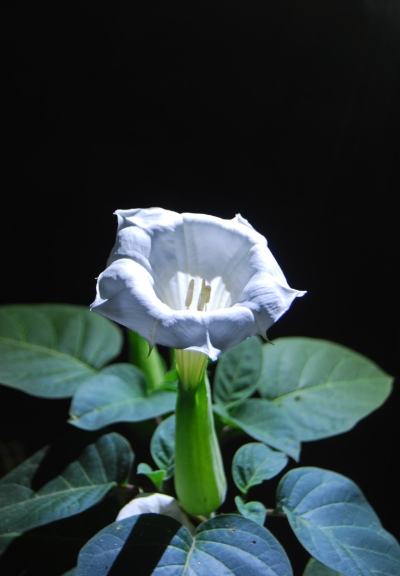… and in diversity bind them
[~ 12 minutes]
Listening to: Loreena McKennitt, Kecharitomene
Once upon a time, the essence of every plant in the world thrummed in a pomegranate twig.
Ancient traditions have it that long ago, in the lands that later became Persia, there lived a prophet who sang to mortals how to tell apart order from confusion, good from evil.
He sang to the sacred fires —and as time went by, fire became the most important symbol identifying his followers.
He sang to the waters, honouring their life-giving powers in many rituals aimed to vivify and purify them.
This legendary prophet was Zarathustra, and the only reason I’ve brought him up (along with the religion he is credited to have founded, Zoroastrianism) is the pomegranate.
You see, I’ve had pomegranates on my mind for a while.
Pomegranates, also known as Punica granatum: virtually the only species in her genus and, until recent taxonomic rearrangements, the only one in her family as well (before her sister Punica protopunica and pomegranate joined henna’s family, Lythraceae, Punicas were the sole members of the Punicaceae; after the rearrangement, of course, the empty family disappeared).
 Punica granatum, whose fruit has seen a surge of popularity in recent years, lauded as superfruit, superantioxidant, superhealthy, supereverything.
Punica granatum, whose fruit has seen a surge of popularity in recent years, lauded as superfruit, superantioxidant, superhealthy, supereverything.
My affair with pomegranates goes way back, although for the longest time it was rather, ehm, tepid.
I grew up with a stumpy pomegranate tree in the backyard, next to the chicken coop. However, (and as I didn’t particularly like eating pomegranates) I never took much notice of her. She was simply there, like a comfortable piece of furniture so humble and unassuming that you constantly overlook her…
… until I began paying attention to her stories.
And the more I peeled back the layers, the more I found them fascinating, full of contradictory meanings in history and myth —and yet, like the girdle of a taijitu symbol, her rind was capable of embracing opposites and merging them into a whole. Continue reading








